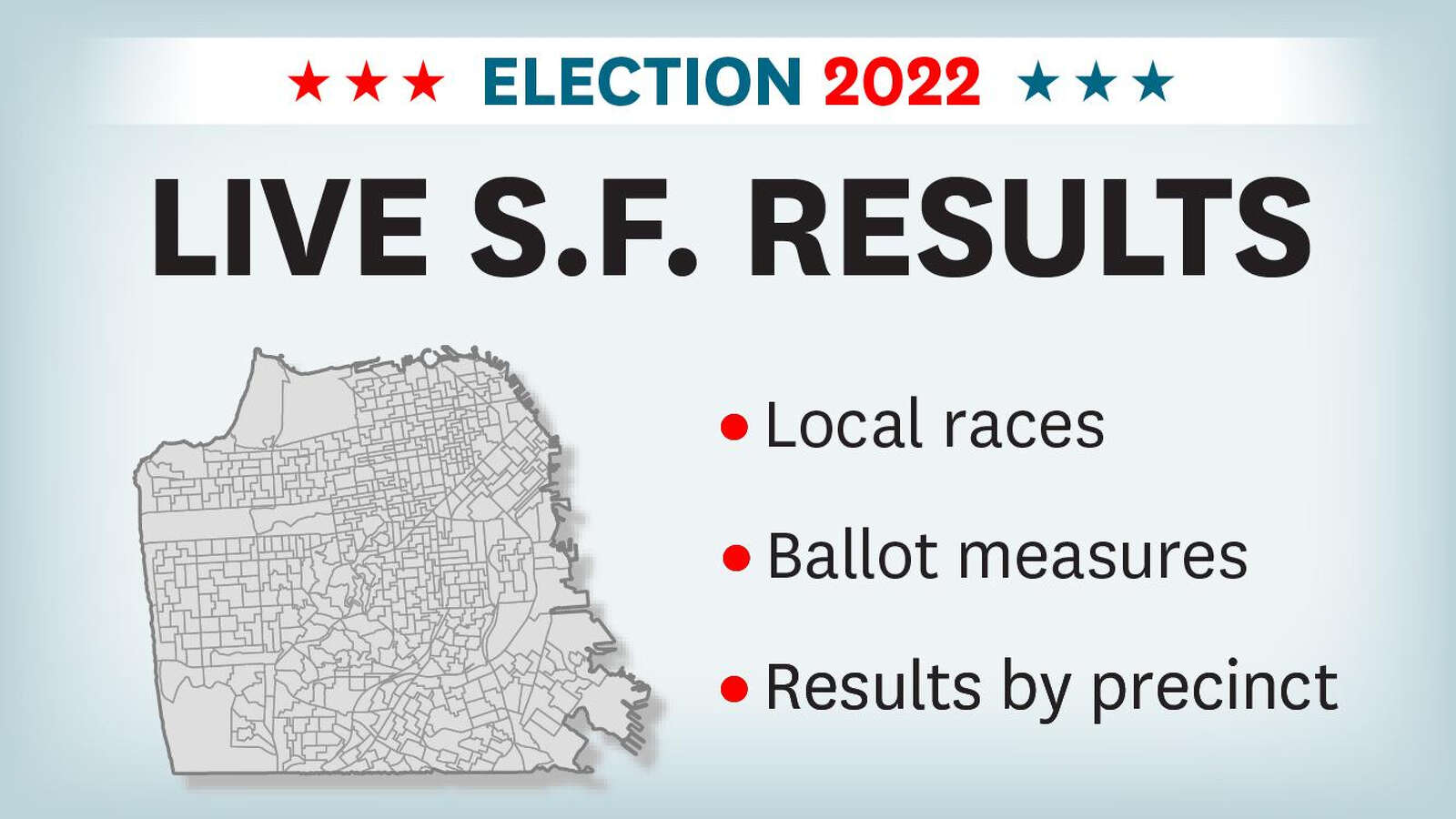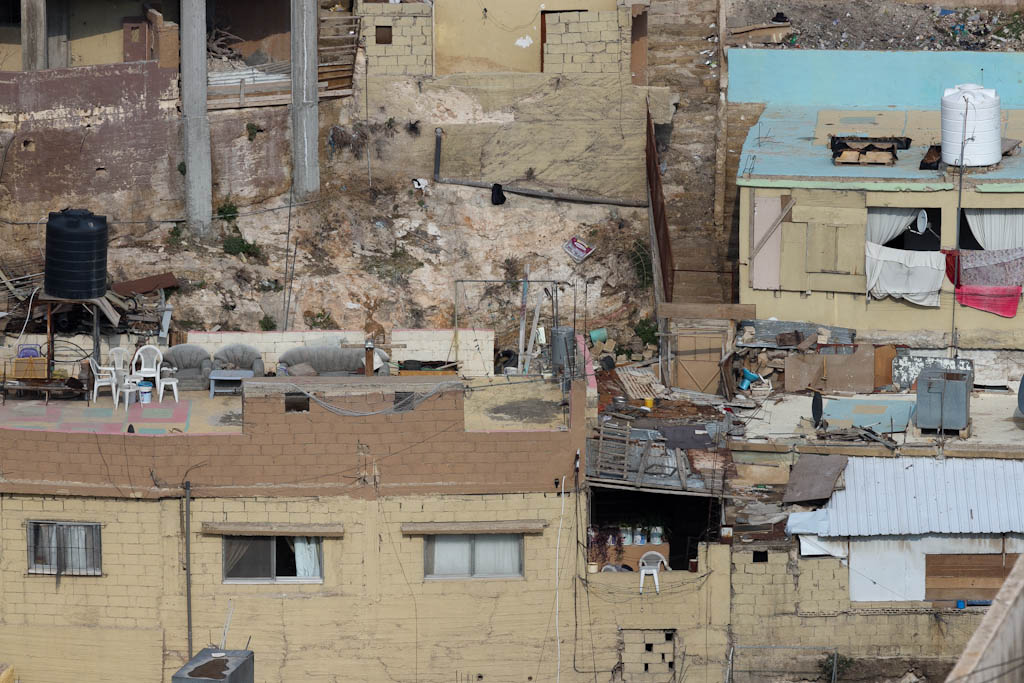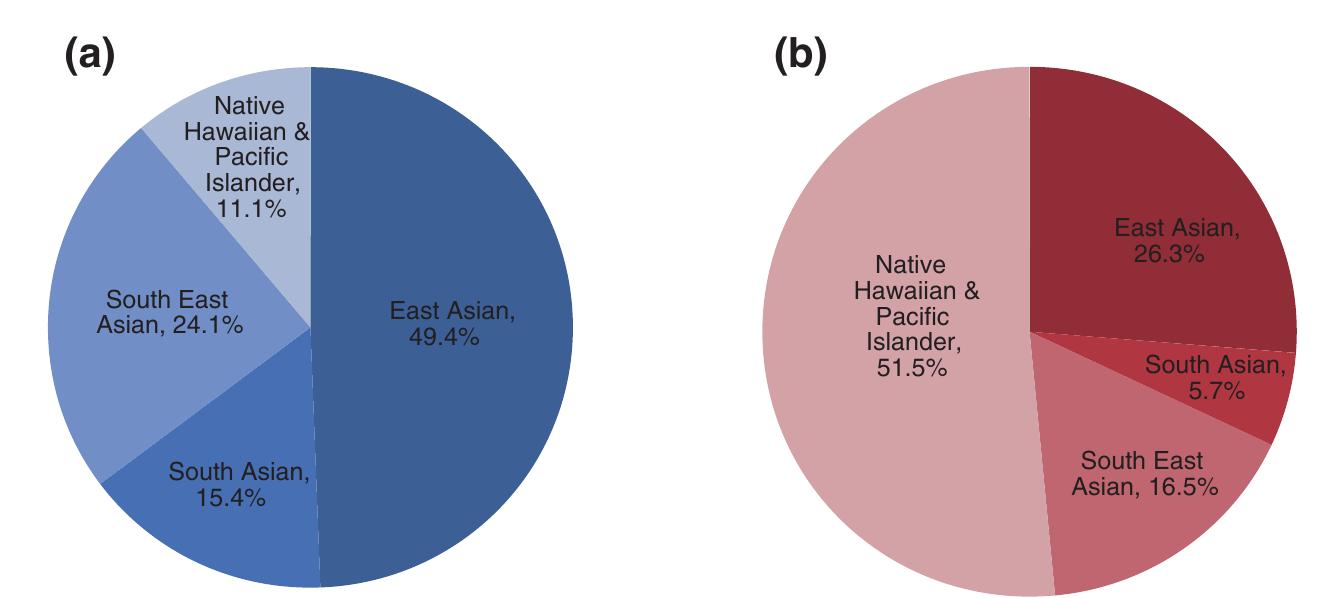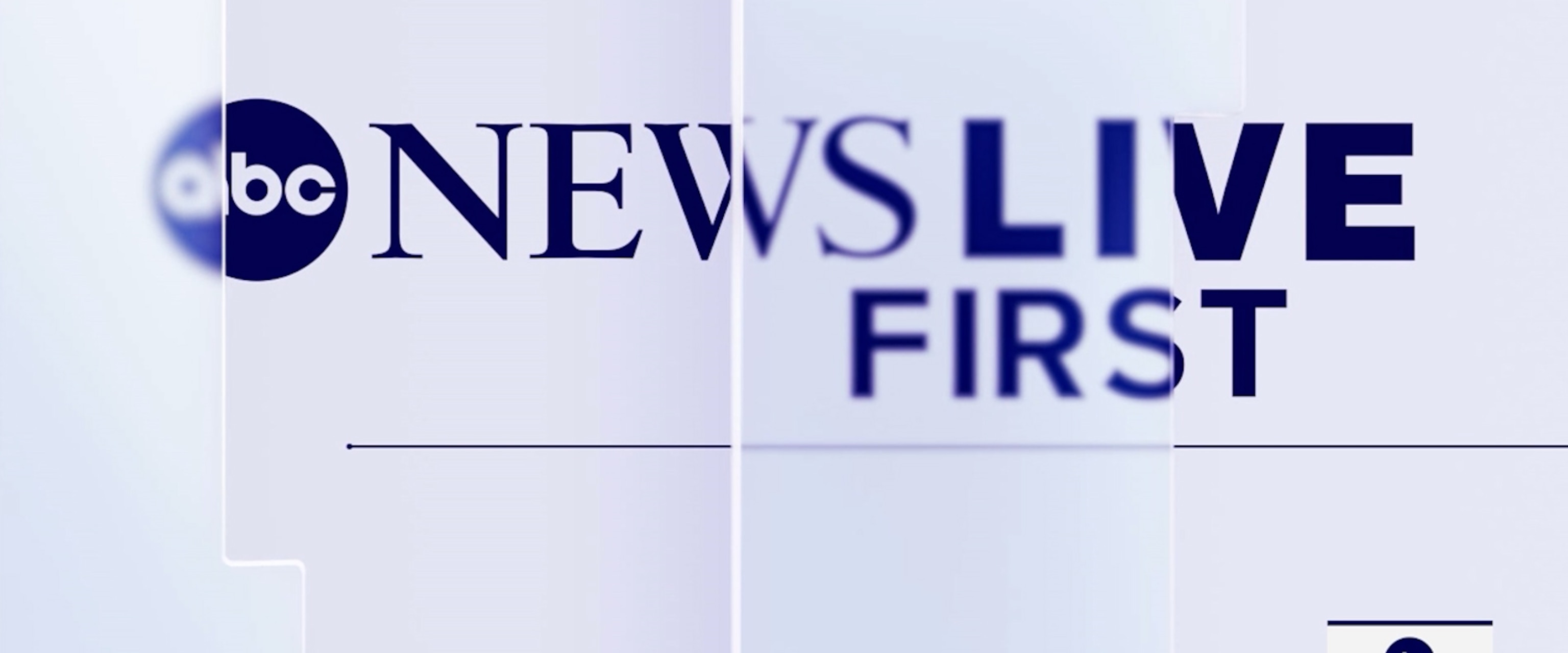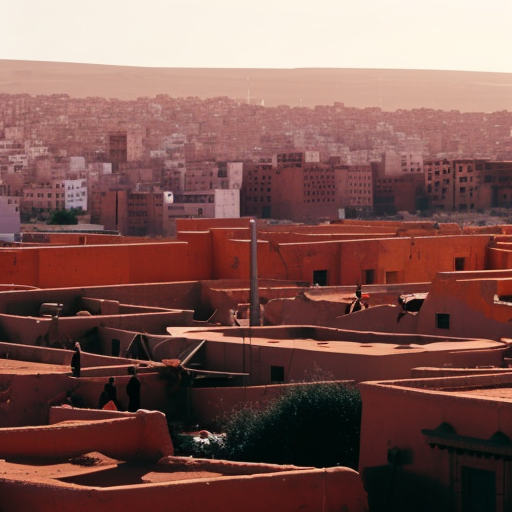
Key Achievements:
Risk reduction:
- Financing and implementation of more than 230 disaster risk reduction projects, worth $304 million.
- Completed disaster risk reduction projects, amounting to $76.6 million, have benefited around 400,000 direct beneficiaries and over 33 million indirect beneficiaries across the country.
Institutional strengthening:
- Creation and operationalization of a new Directorate for Disaster Risk Management and adoption of Morocco’s first National Disaster Risk Management (DRM) Strategy (2021–2030).
Financial protection:
- Implementation of an innovative public-private disaster risk financing (DRF) regime, providing coverage to the entire Moroccan population through private insurance and a public Solidarity Fund.
- Unlocking of $300 million after the 2023 Al-Haouz earthquake.
Disaster preparedness:
- Flood risk early warning system operational in four pilot provinces, directly benefiting an estimated 240,000 people.
Risk understanding:
- Improved understanding of disaster risks through multi-hazard risk assessment at the national level, and two urban resilience diagnostics and strategies developed at the local level.
Challenge:
Morocco is among the countries most exposed to geological and climate-related hazards in the Middle East and North Africa (MENA) region. In particular, it is highly vulnerable to earthquakes, floods, landslides, and droughts. The Al-Haouz earthquake of September 2023 exemplifies the severity of these risks: it affected at least 300,000 people, destroyed 60,000 buildings, and killed nearly 3,000 people. The World Bank estimates that disasters cost Morocco over $575 million per year. Urbanization and climate change are expected to further exacerbate disaster risks in Morocco, including through an increase in the frequency and severity of hydrometeorological hazards.
Approach:
Over the last 15 years, the World Bank has been supporting the Moroccan government’s efforts to strengthen the country’s disaster and climate resilience. Through several operations and technical assistance activities, the World Bank has supported a shift in government policy from focusing on ex-post emergency response toward a more integrated disaster risk management (DRM) approach with a strong focus on ex-ante disaster risk reduction and financial preparedness. Three World Bank operations, representing a total amount of $580 million, have promoted institutional reforms, capacity strengthening, risk reduction investments, and the establishment of a comprehensive disaster risk finance and insurance regime. These operations have been complemented by a range of technical assistance activities around issues such as urban resilience, critical infrastructure resilience, strengthening the building regulatory environment, and disaster risk finance (DRF).
Results:
Over the last 15 years, the World Bank has supported the government of Morocco in fundamentally changing its DRM/DRF system, moving from a reactive approach focused on ex-post emergency response toward a preventive, ex-ante resilience-building approach. This evolution is benefiting the entire population of Morocco. Results achieved encompass five main areas:
- Disaster risk reduction. Between 2016 and 2024, the World Bank supported the financing and implementation of more than 230 disaster risk reduction projects, worth $304 million, through the redesign of Morocco’s Fund for the Fight against Natural Catastrophes (FLCN), from an emergency response vehicle into a national resilience fund. Among others, these projects include flood protection investments, early warning systems and disaster risk mapping. So far, completed projects have benefited around 400,000 direct beneficiaries, and over 33 million indirect beneficiaries across the country.
- Institutional strengthening. In 2020, the government of Morocco created a new Directorate for Disaster Risk Management within the Ministry of Interior, with clear lines of responsibility. Institutional capacity has been gradually increased and the Directorate now employs more than 80 full-time staff. In 2021, the government adopted its first National Disaster Risk Management Strategy (2021–2030). The strategy has been translated into a priority action plan (2021–2023) and an operational action plan (2021–2026) that covers 18 programs and 57 projects currently under implementation (including, for example, disaster awareness campaigns; support for public-private investments in risk reduction; strengthening resilience of critical public networks).
- Financial protection. In 2016, the government adopted an innovative disaster risk insurance regime (Law No. 110-14), which became effective in January 2020. The law introduced a private insurance scheme covering more than 17 million people. To complement this scheme, the government also established a public solidarity fund (FSEC) to cover the remainder uninsured population, including poor and vulnerable households unable to afford private insurance. A parafiscal tax on private non-life insurance contracts has funded FSEC’s operations and reserves, with more than $90 million collected for calendar years 2020 to 2023. Following the Al-Haouz Earthquake that occurred on September 8, 2023, the FSEC unlocked approximately $300 million to cover eligible losses, out of which $275 million came from sovereign reinsurance placed in 2020 and renewed in 2023.
- Disaster preparedness. A newly created flood risk early warning system (“Vigirisque Inondations”) has been operational since 2023 in four pilot areas (Mohammedia, the Gharb region, the Ourika valley, and Guelmim province), directly benefiting an estimated 240,000 people. The civil protection system has continuously strengthened its human resources through improved training and education, and increased staffing. Finally, a draft national directive and practical guide to strengthen the resilience of critical infrastructure and essential services were developed through inter-ministerial collaboration among more than 30 government institutions.
- Risk understanding. In 2012, Morocco developed a catastrophe risk model, the Morocco Natural Hazards Probabilistic Risk Assessment (MnhPRA), which allows for the estimation of the economic impact of disasters (earthquake, flood, tsunami, drought, and landslide). Since 2021, the FSEC has been conducting additional disaster risk modeling efforts to estimate the financial costs of earthquake, flooding, and landslides. The government has also piloted urban resilience diagnostics and strategies for the cities of Fez and Mohammedia/Ain Harrouda, an approach that can be replicated in other municipalities. A National Risk
SDGs, Targets, and Indicators in the Article
1. Which SDGs are addressed or connected to the issues highlighted in the article?
- SDG 1: No Poverty
- SDG 2: Zero Hunger
- SDG 3: Good Health and Well-being
- SDG 6: Clean Water and Sanitation
- SDG 9: Industry, Innovation, and Infrastructure
- SDG 11: Sustainable Cities and Communities
- SDG 13: Climate Action
- SDG 17: Partnerships for the Goals
2. What specific targets under those SDGs can be identified based on the article’s content?
- Target 1.5: By 2030, build the resilience of the poor and those in vulnerable situations and reduce their exposure and vulnerability to climate-related extreme events and other economic, social, and environmental shocks and disasters.
- Target 2.4: By 2030, ensure sustainable food production systems and implement resilient agricultural practices that increase productivity and production, that help maintain ecosystems, that strengthen capacity for adaptation to climate change, extreme weather, drought, flooding, and other disasters, and that progressively improve land and soil quality.
- Target 3.9: By 2030, substantially reduce the number of deaths and illnesses from hazardous chemicals and air, water, and soil pollution and contamination.
- Target 6.5: By 2030, implement integrated water resources management at all levels, including through transboundary cooperation as appropriate.
- Target 9.1: Develop quality, reliable, sustainable, and resilient infrastructure, including regional and transborder infrastructure, to support economic development and human well-being, with a focus on affordable and equitable access for all.
- Target 11.5: By 2030, significantly reduce the number of deaths and the number of people affected and substantially decrease the direct economic losses relative to global gross domestic product caused by disasters, including water-related disasters, with a focus on protecting the poor and people in vulnerable situations.
- Target 13.1: Strengthen resilience and adaptive capacity to climate-related hazards and natural disasters in all countries.
- Target 17.6: Enhance North-South, South-South, and triangular regional and international cooperation on and access to science, technology, and innovation and enhance knowledge sharing on mutually agreed terms, including through improved coordination among existing mechanisms, particularly at the United Nations level, and through a global technology facilitation mechanism.
3. Are there any indicators mentioned or implied in the article that can be used to measure progress towards the identified targets?
- Indicator 1.5.1: Number of deaths, missing persons, and directly affected persons attributed to disasters per 100,000 population.
- Indicator 2.4.1: Proportion of agricultural area under productive and sustainable agriculture.
- Indicator 3.9.2: Mortality rate attributed to household and ambient air pollution.
- Indicator 6.5.1: Degree of integrated water resources management implementation (0-100).
- Indicator 9.1.1: Proportion of the rural population who live within 2 km of an all-season road.
- Indicator 11.5.1: Number of deaths, missing persons, and directly affected persons attributed to disasters per 100,000 population.
- Indicator 13.1.1: Number of deaths, missing persons, and directly affected persons attributed to disasters per 100,000 population.
- Indicator 17.6.1: Number of science and/or technology cooperation agreements and projects between countries.
Table: SDGs, Targets, and Indicators
SDGs Targets Indicators SDG 1: No Poverty Target 1.5: By 2030, build the resilience of the poor and those in vulnerable situations and reduce their exposure and vulnerability to climate-related extreme events and other economic, social, and environmental shocks and disasters. Indicator 1.5.1: Number of deaths, missing persons, and directly affected persons attributed to disasters per 100,000 population. SDG 2: Zero Hunger Target 2.4: By 2030, ensure sustainable food production systems and implement resilient agricultural practices that increase productivity and production, that help maintain ecosystems, that strengthen capacity for adaptation to climate change, extreme weather, drought, flooding, and other disasters, and that progressively improve land and soil quality. Indicator 2.4.1: Proportion of agricultural area under productive and sustainable agriculture. SDG 3: Good Health and Well-being Target 3.9: By 2030, substantially reduce the number of deaths and illnesses from hazardous chemicals and air, water, and soil pollution and contamination. Indicator 3.9.2: Mortality rate attributed to household and ambient air pollution. SDG 6: Clean Water and Sanitation Target 6.5: By 2030, implement integrated water resources management at all levels, including through transboundary cooperation as appropriate. Indicator 6.5.1: Degree of integrated water resources management implementation (0-100). SDG 9: Industry, Innovation, and Infrastructure Target 9.1: Develop quality, reliable, sustainable, and resilient infrastructure, including regional and transborder infrastructure, to support economic development and human well-being, with a focus on affordable and equitable access for all. Indicator 9.1.1: Proportion of the rural population who live within 2 km of an all-season road. SDG 11: Sustainable Cities and Communities Target 11.5: By 2030, significantly reduce the number of deaths and the number of people affected and Behold! This splendid article springs forth from the wellspring of knowledge, shaped by a wondrous proprietary AI technology that delved into a vast ocean of data, illuminating the path towards the Sustainable Development Goals. Remember that all rights are reserved by SDG Investors LLC, empowering us to champion progress together.
Source: projects.worldbank.org

Join us, as fellow seekers of change, on a transformative journey at https://sdgtalks.ai/welcome, where you can become a member and actively contribute to shaping a brighter future.

